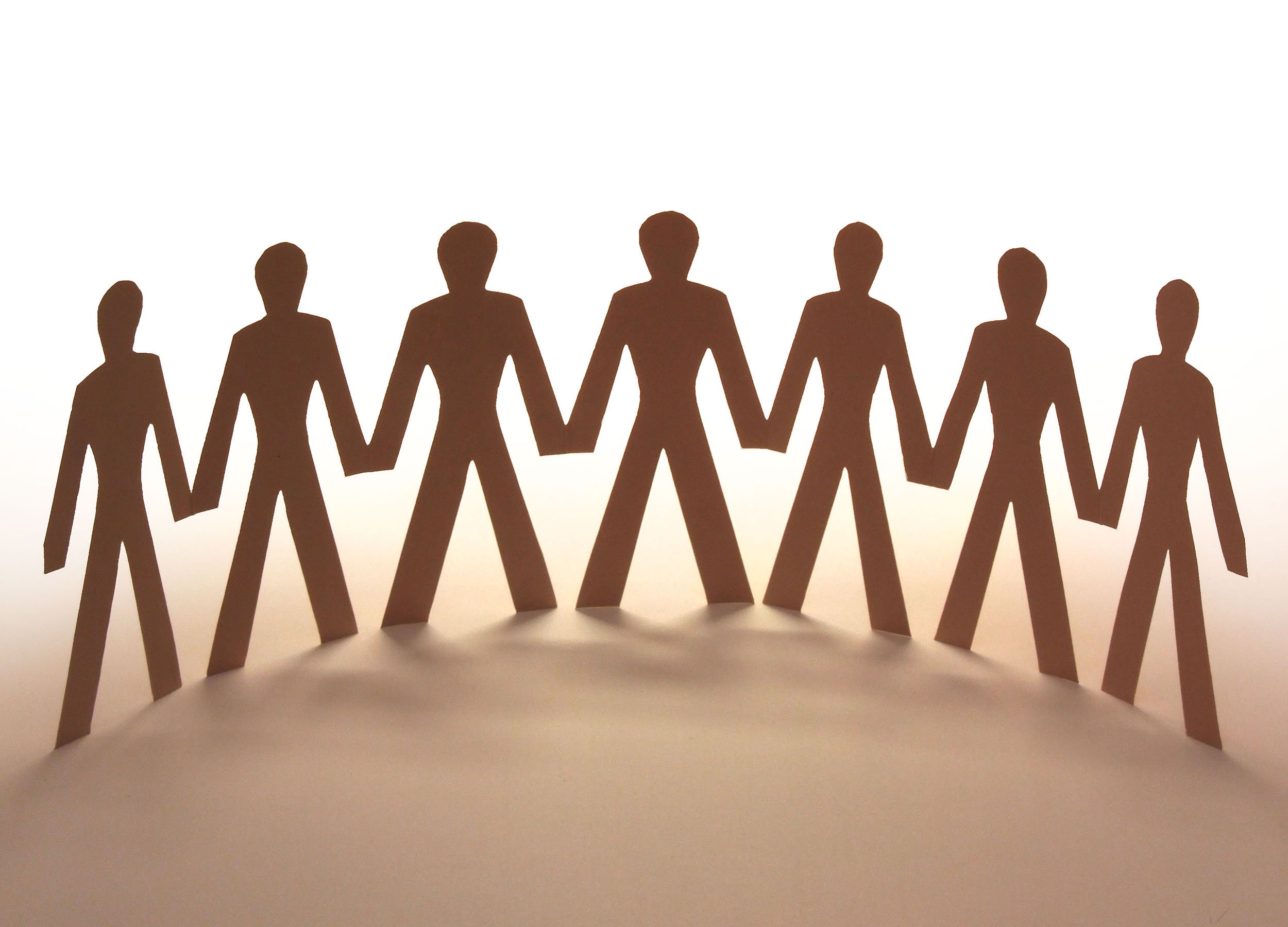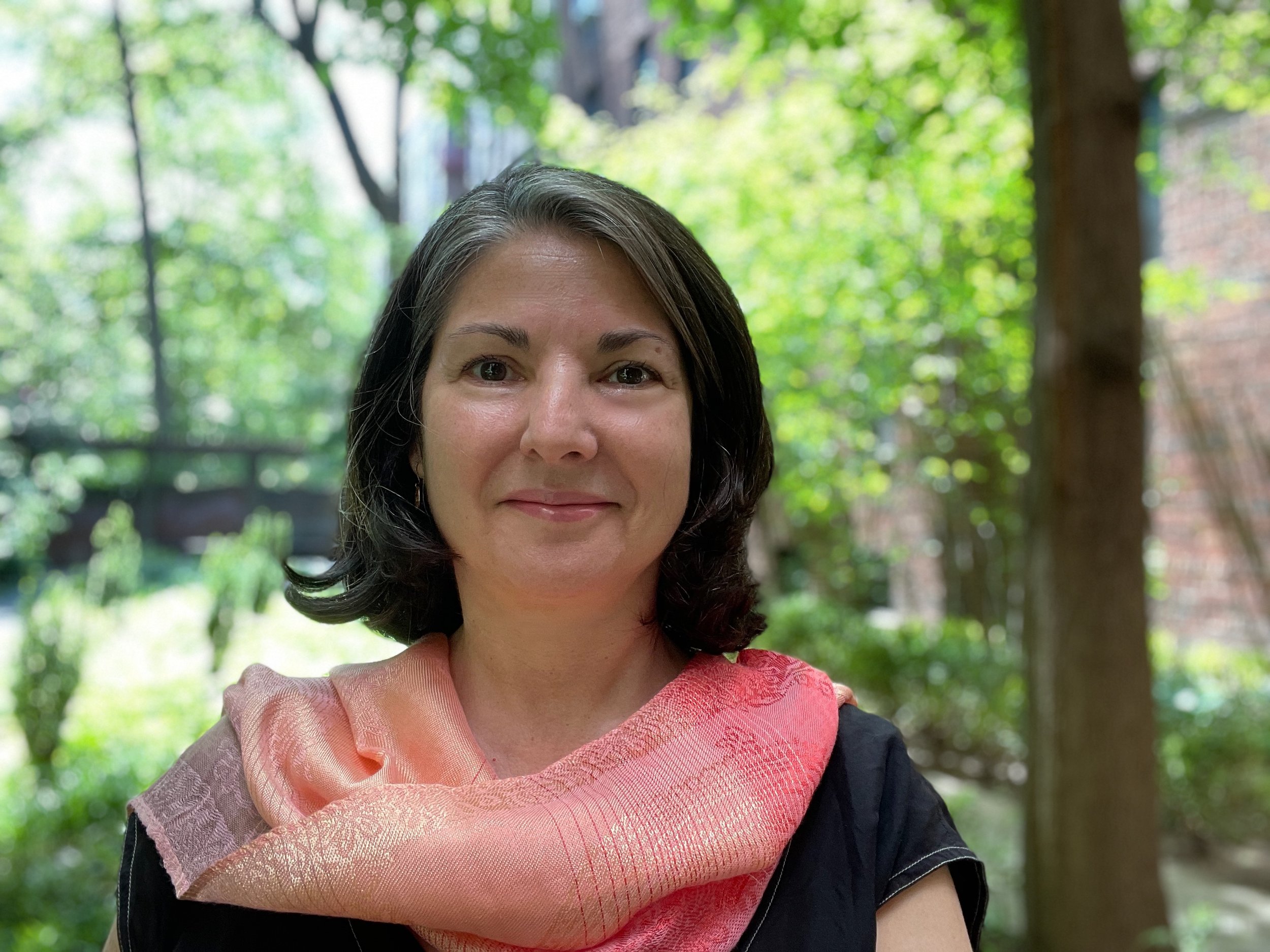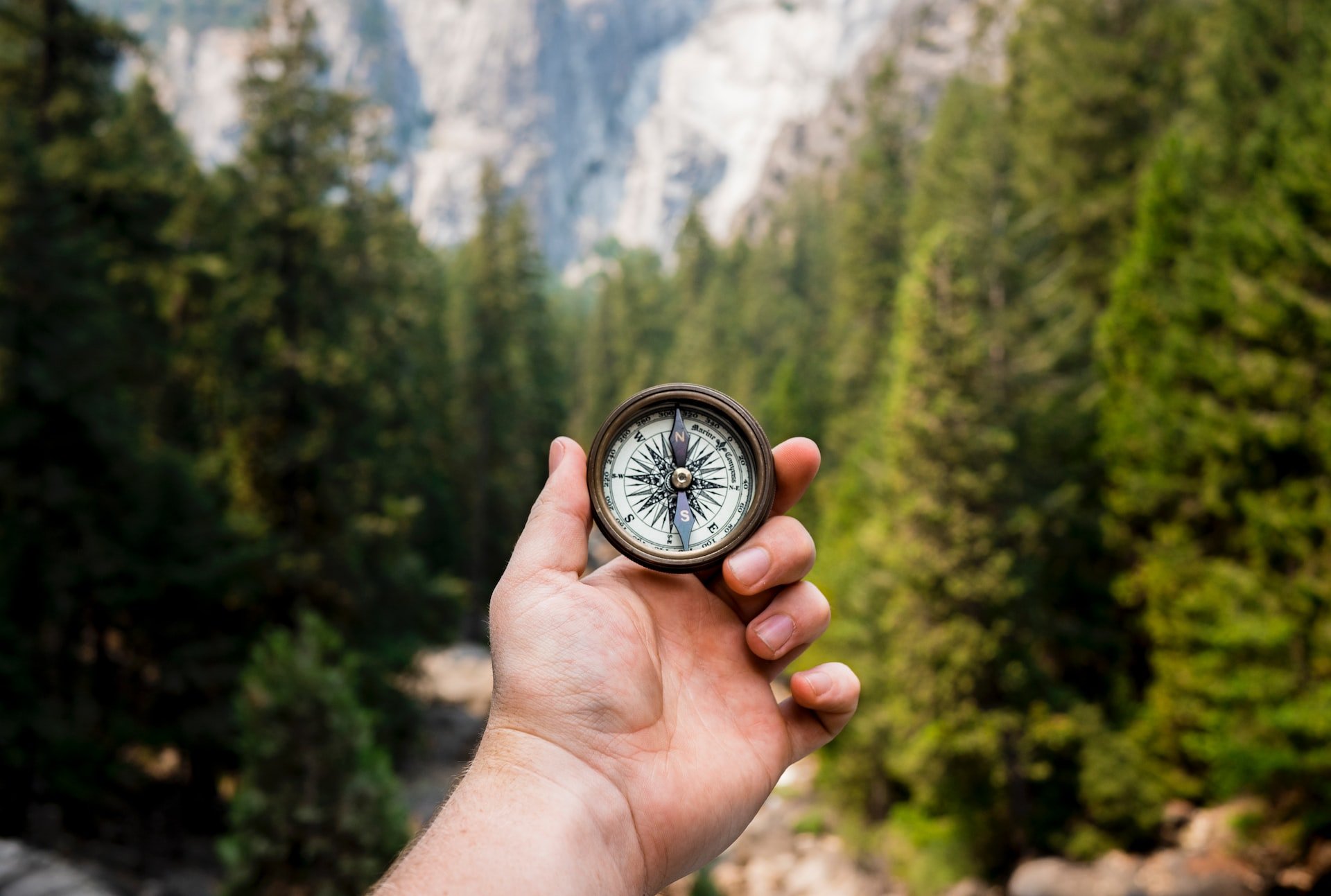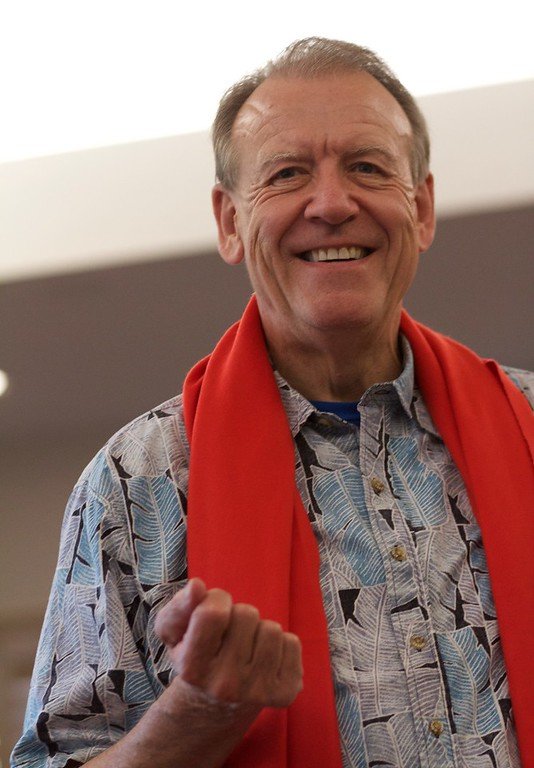The Path of Awakening
/Keywords
Resilience - Poetry - Meditation - Mindfulness - Awakening - Flow States - Zen
In this episode of Resilience Unravelled Henry Shukman, a widely published poet, author, meditation teacher and Zen master of the Sanbo Zen lineage, shares his personal story. Henry grew up in Oxford, UK, where his parents were professors and his early love of poetry led to an interest in Chinese Zen poetry, and ultimately to him becoming a writer and poet.
Henry suffered from severe eczema from infancy into his 20’s, along with associated psychological problems, and meditation was a key element in a long journey of healing. He travelled extensively, eventually settling in New Mexico where he became fascinated by the indigenous culture's deep connection to the earth and where he was introduced to meditation and Zen, which in turn influenced his writing.
Main topics
The meditative quality of poetry and how it can bring one back to the present moment
Using poetry in meditation to create a serene atmosphere.
The differences between various forms of meditation
The concept of awakening
The connection between meditation and mindfulness
The transformative power of poetry and its potential to enrich one's life
The concept of original sin and its influence on Western culture
The idea of karma and its physical consequences
The concepts of mindfulness, support and absorption
The concept of flow states and how they can be achieved through complete absorption in a task, leading to enhanced performance and increased happiness
How flow is not limited to specific professions or activities and can be accessed through simple practices like meditation
The relationship between meditation and religion and the practical and philosophical significance of meditation.
Action items
Henry's book is "Original Love: The 4 Ends on the Path of Awakening" and it has an accompanying meditation app, "The Way."
You can listen to the podcast in full and find out further information here. Our upcoming guest list is also available along with our previous blogs.
Find out more about our innovative Resilience and Burnout solutions.



















